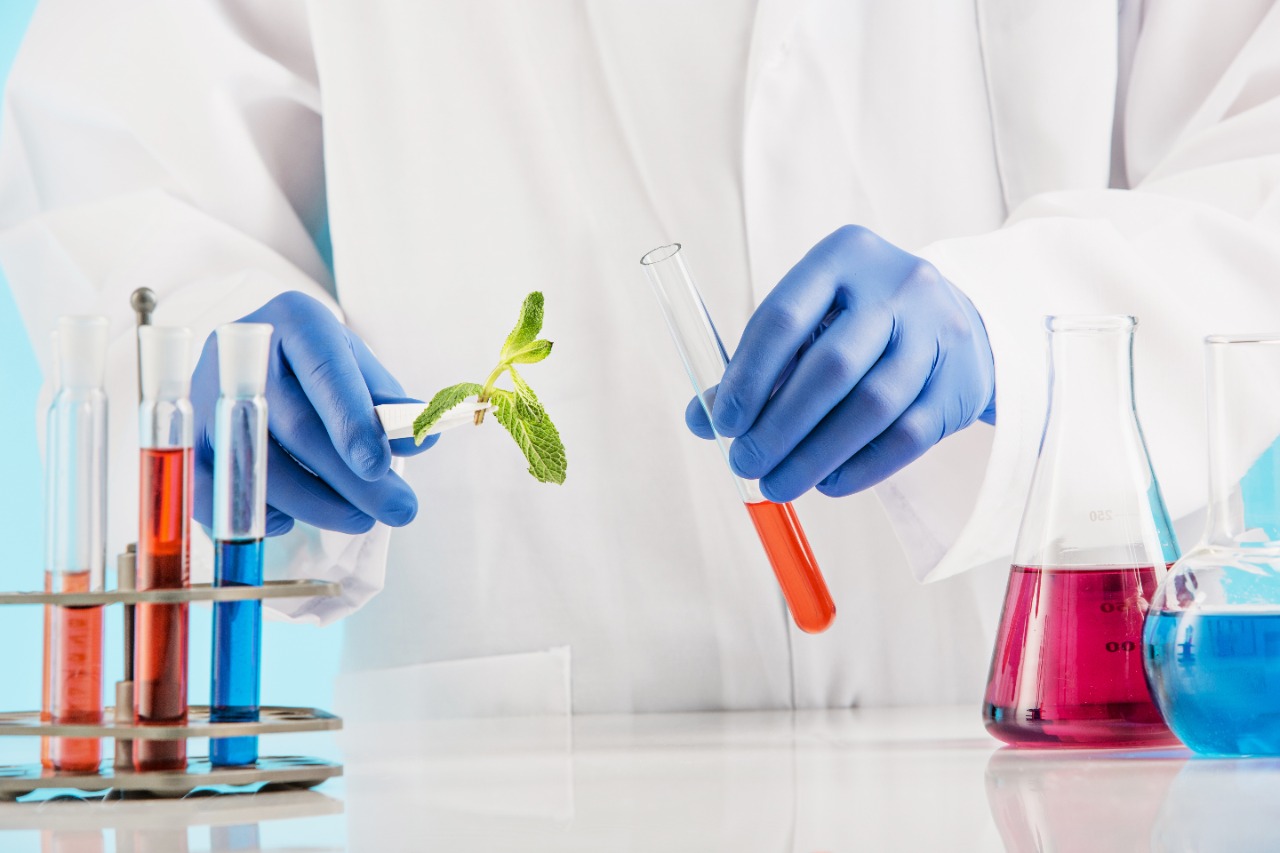How to choose the best nitrile gloves suitable for your job in 2022?

Choosing the best
nitrile gloves for the workplace can be a little overwhelming, however, if
you’re looking for a robust, puncture-resistant glove that protects against a
range of hazardous chemicals, nitrile gloves are an excellent choice.
Nitrile gloves are made
from synthetic rubber made up of butadiene and acrylic nitrile. The gloves
themselves can be disposable thinner film or reusable thicker film. Nitrile is an
excellent alternative to natural rubber latex gloves. Because it doesn't
contain the latex proteins that are known allergens.
Nitrile also has
additional benefits in that it has good chemical resistance and has good
dexterity and durability. Nitrile gloves can be used for a multitude of jobs
including healthcare, veterinary care, food handling, beauty, vehicle
maintenance, and basic general purposes such as DIY, decorating, and household
tests.
Thicker gloves are
suited when working with chemicals. Remember to check chemical guidance
information. While thinner gloves are ideal for those who need flexibility and
dexterity and carry out certain tasks. Nitrile gloves are available in a
variety of colors sizes and specifications including powdered, powder-free, a
variety of thicknesses, longer cuff, low dermatitis potential, and specific
grade medical, PPE, household. All of our gloves comply with European standards
and have been tested for suitability for food contact. For those users who suffer
from latex allergy nitrile gloves are an ideal choice.
Read about the most common types of disposable gloves.
3 must-know factors
before using nitrile gloves
Here are 3 things that you will need to know when choosing the best nitrile gloves, in terms of their penetration, permeation, and degradation performance.

Penetration
performance
Make sure that the
nitrile gloves form a good barrier, so that no liquids or micro-organisms can
penetrate through the gloves. The best nitrile gloves should pass the air leaks
and water leaks test under EN ISO 374-2:2014 standard. Gloves that have passed
both tests (air leaks and water leaks) also mean that microbes won't be able to
pass through the gloves. Hence it is being awarded the pictogram for
microorganism hazards of ISO 374-5:2016.
Permeation
performance
Depending on the actual
chemical that you will handle and the level of protection required, you will
need to look at the permeation test result under the EN16523-1:2015 standard.
This test analyses how much of the chemical has permeated the barrier of the
gloves after a certain amount of time. The longer the normalized breakthrough
time, the higher the performance level, hence providing better protection
against the chemical. Nitrile gloves that reach permeation level 2 and above
will show the letter beneath the pictogram of EN ISO 374-1: 2016 which
represents the classes of chemicals that have passed the chemical permeation
test.
Degradation
performance
Although a glove is safe
when used instantly straight from the box if the glove is subject to
degradation performance over time, then it will create some problems. You’ll
want to make sure the best nitrile gloves you purchase pass the EN374-4:2013
standard. This is because when nitrile gloves come into contact with chemicals
for some time, it acts like a sponge soaking up liquids and holding them
against the skin, and this can degrade the gloves. If your gloves are not of
the right quality, they can change the physical characteristics of the glove
over time and put your safety at risk. As no one glove can handle every
chemical, it is best to consult with the glove manufacturer if you are working
with specific chemicals regularly.
With an efficient
distribution network in the USA, we are committed to providing the best hand
protection solutions to our clients. If you are looking for a latex-free
nitrile gloves supplier, feel free to
contact us for a quote.

Leave a Comment